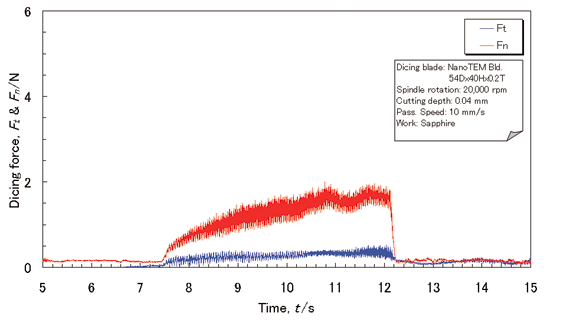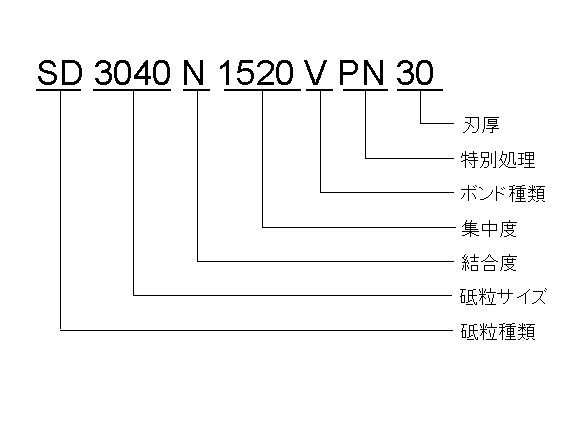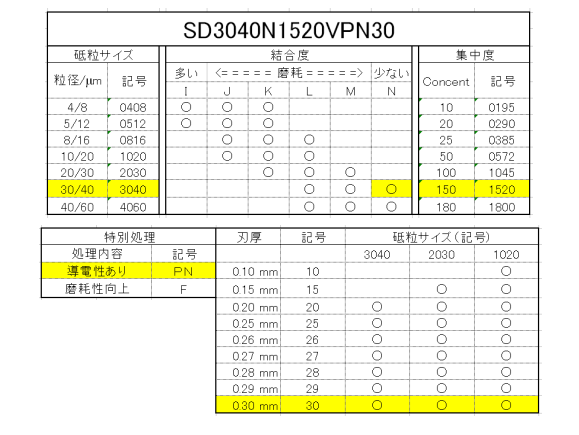Cuts sapphire, quartz glass, silicon and other hard and brittle materials with quality and high-speed.
- Porous structured with porosity of 40vol%
- Can be designed for slotting or grooving
- Dicing blades will be customized to match your specific requirements
- Capable of cutting sapphire, quartz glass, silicon and other hard and brittle materials with quality and high-speed.
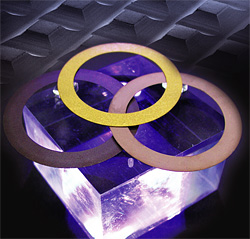
Common Requirements for Dicing Blade
- High removal rate
- No blade meandering when dicing
- High edge quality (minimal chipping)
- Maintain constant removal rate (no removal rate deterioration)
- Electrical conductivity for set up
Features “Focusing on high removal rate and edge quality”
- 1. Applications
-
- Grooving (half cut)
- 2. Differences and advantages compared with other manufacturers
-
- Ceramic-bond diamond blade
- Maintains constant removal rate due to 40vol% porous structure
- Suitable for dicing hard and brittle materials such as sapphire, quartz glass and silicon substrates.
Drastically improves grinding efficiency on hard and brittle electronic component materials.
ex. light emitting diode, ceramic capacitor and SAW filters
Example: Grooving sapphire substrate with NanoTEM dicing blade
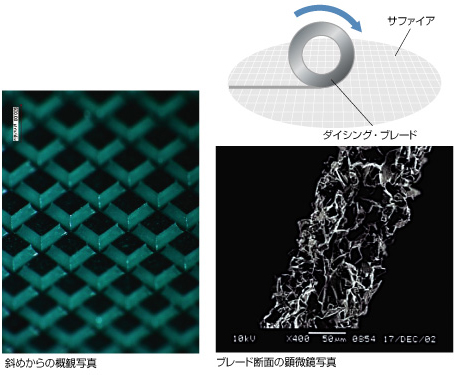
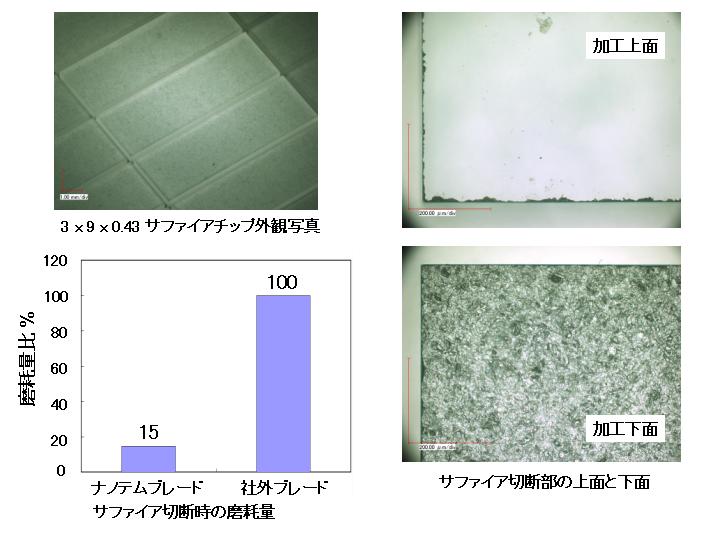
Comparison of NanoTEM Ceramic Blade and Metal/Resin Bond Blade
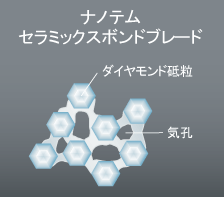
NanoTEM's Ceramic Bond Blade
Consists of diamond grain, pore, ceramic bond
[Features]
*High removal rate
*Pores effectively removes chips and provides enough coolant

Metal/Resin Bond Blade
Consists of diamond grain, metal or resin bond
[Features]
*Long blade life
■Comparison of blades cutting resistance when dicing sapphire
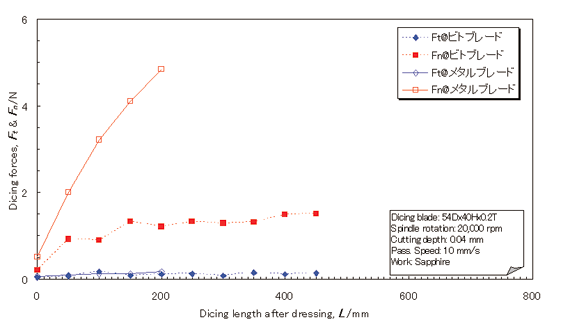
■Comparison of blades cutting resistance over time when dicing sapphire
